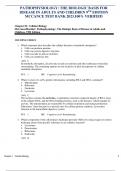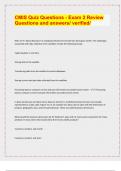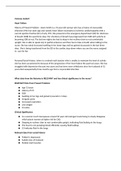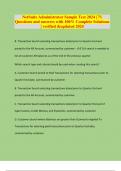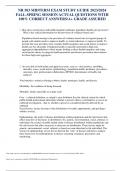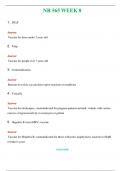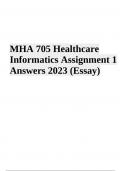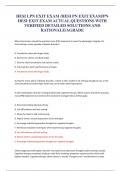Exam (elaborations)
PATHOPHYSIOLOGY: THE BIOLOGIC BASIS FOR DISEASE IN ADULTS AND CHILDREN 9TH EDITION MCCANCE TEST BANK 2023.100% VERIFIED
PATHOPHYSIOLOGY: THE BIOLOGIC BASIS FOR DISEASE IN ADULTS AND CHILDREN 9TH EDITION MCCANCE TEST BANK 2023.100% VERIFIED Chapter 01: Cellular Biology McCance/Huether: Pathophysiology: The Biologic Basis of Disease in Adults and Children, 9TH Edition
[Show more]
